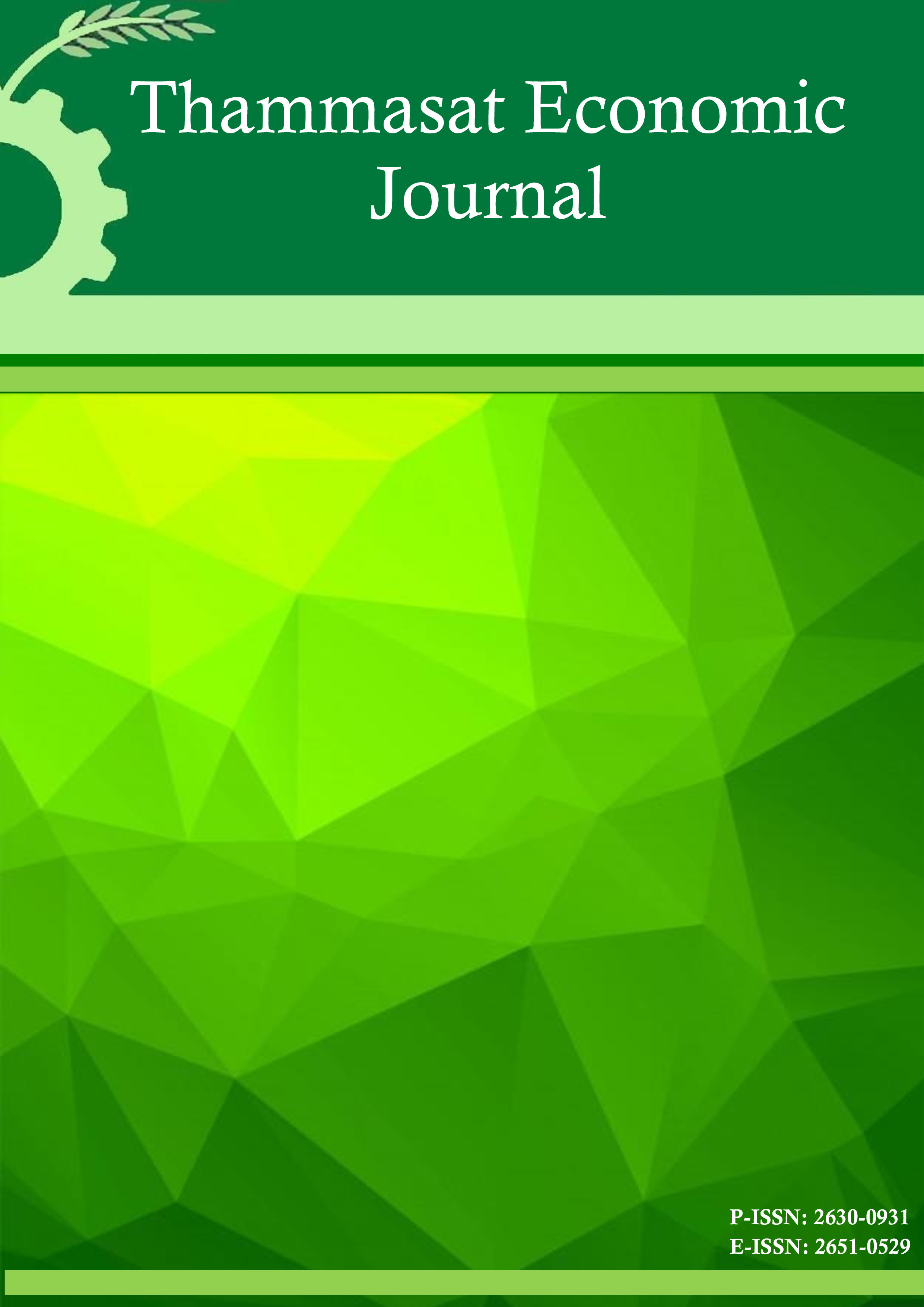Japan’s Development
What Economic Growth, Human Development and Subjective Well-Being Measures Tell us About?
Abstract
This paper has paid closer attention to industrialized economic growth strategy and people’s life satisfaction in Japan after the World War II. For this analysis, it has applied conventional growth measurements against alternative one, and we have found some discrepancies between GDP and HDI. Also, we have examined if these measures could represent people’s life satisfaction correctly. To explore this in greater detail, the paper has dealt with the secondary data on people’s
life satisfaction gathered by the government of Japan every three years from 1978 to 2002. Our analysis reveals that personal attributes and individual economic and social positions do differentiate people’s life satisfaction levels. Individual factors like age, gender, marital status, house ownership, income level and educational attainment are influential over people’s life satisfaction levels. Investigation of people’s life satisfaction could lead us to reexamine quality of economic development and urge us to identify alternative measures capturing people’s real well-being and we might be able to formulate/select public policies to enhance people’s overall well-being in the future.
References
2. Diener, E., & E. Suh (Eds.). (2000). Culture and Subjective Well-Being. MIT-Press, Cambridge.
3. Easterlin, R. (1974) “Does Economic Growth Improve the Human Lot? Some Empirical Evidence”, in P. A. David & M. W. Reder (Eds.), Nations and Households in Economic Growth. Academic Press, New York, pp.89-125.
4. Frey, B. and A. Stutzer (2002) Happiness and Economics: How the Economy and Institutions New York: A ffect Well-Being, Princeton University Press, Princeton.
5. Nakamura, T. (1985) Economic Development of Modern Japan, International Society for Educational Information, Tokyo.
6. Sen, A. K. (1985). Commodities and Capabilities. North-Holland ,Amsterdam:.
7. Sen, A. K. (1999). Development as Freedom. Oxford University Press, Oxford.
8. UNDP. (1990). Human Development Report 1990. Oxford University Press, Oxford.
9. UNDP. (2007). Human Development Report 2007/2008. Oxford University Press, Oxford.
10. Veenhoven, R. (1996). “Developments in Satisfaction-Research.” Social Indicators Research, 37, pp.1-46.










